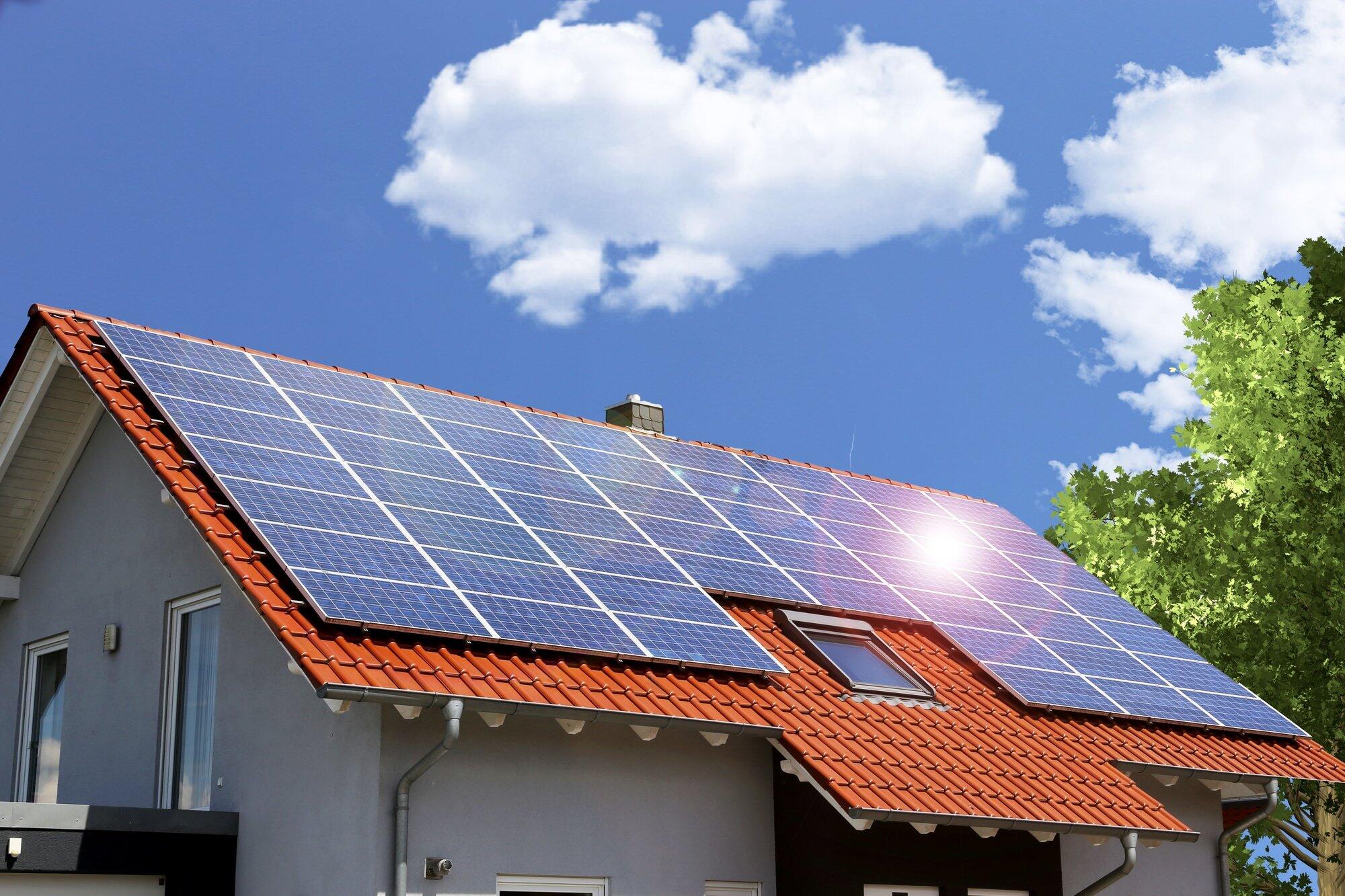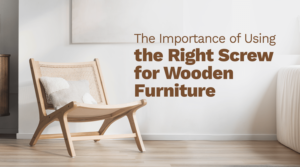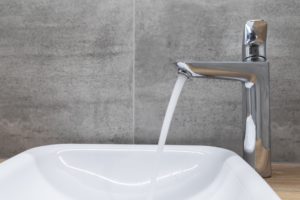Have you ever dreamed of a home that stays warm in the winter and cool in the summer without hefty energy bills?
Welcome to the world of passive solar house plans! These unique designs make the most of natural light and heat, reducing reliance on artificial heating and cooling.
Not only do passive solar house plans offer a sustainable solution to living, but they also merge style with eco-friendliness, ensuring that your dream home is both beautiful and kind to the planet.
Optimal Orientation
The right orientation of a house is key in passive solar design. This means positioning your house so that it gets the most sunlight during the winter. Less sunlight will hit the house in the summer, keeping it cooler.
Windows plays a big part in this design. South-facing windows capture a lot of sunlight. They help warm the house in the cooler months while shade devices prevent overheating in the summer.
Strategic Placement of Windows
In passive solar homes, the strategic placement of windows is crucial. These windows are primarily located on the south side of the house to maximize sunlight capture during winter. They allow natural light to penetrate deep into living spaces, reducing the need for artificial lighting during the day.
To prevent overheating in the summer, overhangs or awnings above south-facing windows are often used. These shading devices block the high summer sun, keeping the indoor spaces cool.
Thermal Mass
Thermal mass in a house absorbs and stores heat from the sun during the day. At night, when it’s cooler, the thermal mass releases the stored heat back into the house to keep it warm. Materials like concrete, brick, and stone are good at doing this.
Using thermal mass helps keep the temperature in your house more steady. It cuts down on the need for artificial heating and cooling. This makes your home more comfortable to live in and reduces energy costs.
High-Quality Insulation
In a passive solar home, good insulation is very important. In the winter, it keeps warm air inside the house and keeps hot air from coming in during the summer. With good insulation, the temperature inside the house stays warm all year without using a lot of power.
Insulation in these kinds of houses is often made of fiberglass, cellulose, and foam. They help keep the warmth inside by being put in the walls, roofs, and sometimes floors. By spending money on good insulation, residents can lower their energy bills by cutting down on the amount of artificial heating and cooling they need.
Natural Ventilation
Natural ventilation is a simple way to keep your home comfortable without using energy. It works by allowing fresh air to flow through the house. This helps to cool down the house during hot weather.
To achieve natural ventilation, windows and doors are placed across from each other. This setup creates a path for the air to move through. Opening these windows and doors lets the breeze come in and keeps the house cool.
Green Roof Design
Green roofs are a special part of passive solar homes. They are covered with plants and vegetation. This layer of greenery provides additional insulation and helps to manage rainwater.
By absorbing sunlight, green roofs also assist in reducing heat buildup in the house. They create a natural habitat for birds and insects. These roofs are a step towards making homes eco-friendly and self-sustaining.
If you’re interested in maximizing energy efficiency even further, contact an affordable solar installation company to explore integrating solar panels into your green roof design. They can help you create a truly sustainable and eco-friendly home.
Energy-Efficient Fixtures and Appliances
Using energy-efficient fixtures and appliances is key in a passive solar home. These products use less electricity and water than standard models. They help to keep utility bills low and reduce the environmental footprint of a home.
Examples of energy-efficient fixtures include LED lighting, low-flow faucets and toilets, and programmable thermostats. Energy-efficient appliances cover a range like Energy Star-rated refrigerators, dishwashers, and washing machines.
Natural and Recycled Materials
When making passive solar homes, it’s best to use natural and recycled materials. These products are better for the earth because they use less energy and make less trash. These products are good for the environment and give homes a unique look and feel.
Reclaimed wood, recycled metal, and sustainable bamboo are all common examples of these types of products. Reclaimed wood is wood that has been taken from old houses or structures. It has a rustic look. People know that recycled metal and sustainable wood last a long time and don’t hurt the earth.
Integration of Renewable Energy Sources
Integrating renewable energy sources is an effective way to further enhance the sustainability of a passive design. Solar panels can be installed to convert sunlight into electricity, providing a clean and renewable source of power. Additionally, homeowners might consider incorporating small wind turbines if their location permits, to harness wind energy for electricity.
Geothermal systems can also play a role in passive solar homes by using the earth’s stable temperature for heating and cooling. These systems require an initial investment but offer significant savings on energy bills in the long run. By using renewable energy sources, passive solar homes can minimize their reliance on fossil fuels and contribute to a more sustainable future.
Landscaping with Native Plants
Landscaping with native plants is a key aspect of creating an eco-friendly and sustainable outdoor space for passive solar homes. Native plants are adapted to the local climate and soil conditions, requiring less water and care than non-native species. They help in creating a biodiverse environment that supports local wildlife, including birds, bees, and butterflies.
Using native plants in landscaping also reduces the need for fertilizers and pesticides, minimizing harmful runoff into local water sources. These plants can provide natural cooling by shading the house and nearby outdoor spaces.
Embrace Eco-Chic Living With Cutting-Edge Passive Solar House Plans
In conclusion, adopting passive solar house plans opens the door to a sustainable, efficient, and comfortable lifestyle. These plans not only help in reducing energy consumption but also promote a healthier environment for future generations.
By choosing passive solar house plans, homeowners make a conscious choice towards eco-chic living, showing that caring for the planet and stylish, modern living can go hand in hand. Start your journey towards a greener future today with passive solar home designs.
Did you learn something new from this article? If so, be sure to check out our blog for more educational content.



Be First to Comment